In forums it is a very commonly discussed subject. Should the digitized pictures of a film be manipulated with software or not?
In the past, when pictures were mostly printed on paper and not on screen, post process occurred at the enlarger step, covering areas with masks or with the hand, using filters, faders and so on, using different papers (soft, normal, hard, etc.), textures, toning, sepia, gold, sulfides, etc.
Today, digital paper (screens) replaced paper and paper prints are made with printers, inkjet or laser and not with enlargers, at least for the most people. Some still use enlargers, B&W or color and go on post processing physically and chemically.
I can't find a reason why we should not post process to achieve a result we would like to get. If we expose correctly the pictures at the camera and then we develop the film following rules that we know will give us the best result and then we scan and make no adjustments at scanning and the result after scanning is that we want, ok, we are lucky. But having in attention that not always this is the case, and in the same film we have well and not so well exposed pictures, some need backlight correction and other not, shadow details may be wanted or not and so on, more or less contrast, more or less light, color correction, grain reduction, sharpness level, dust removal, undesired color removal, etc., etc. and you may use a software or scanner utility to make adjustments, I think you should use them. And this without including other possibilities like transforming the look of the picture in order to get a particular artistic or nostalgic effect.
So, now I post some positivated versions of the same negative to illustrate my point of view:
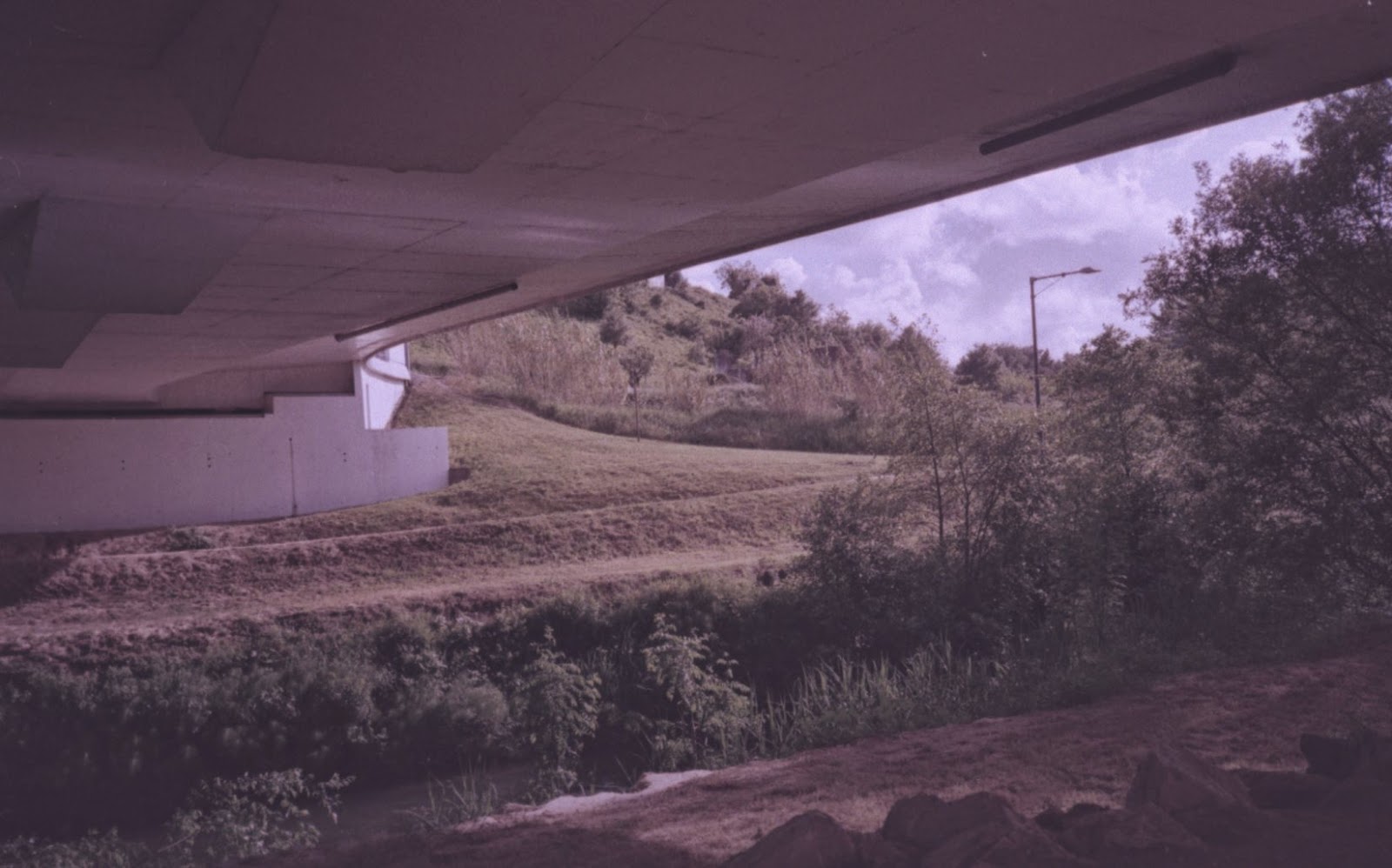 |
| Scan 1, direct from scanner w/o any adjustments |
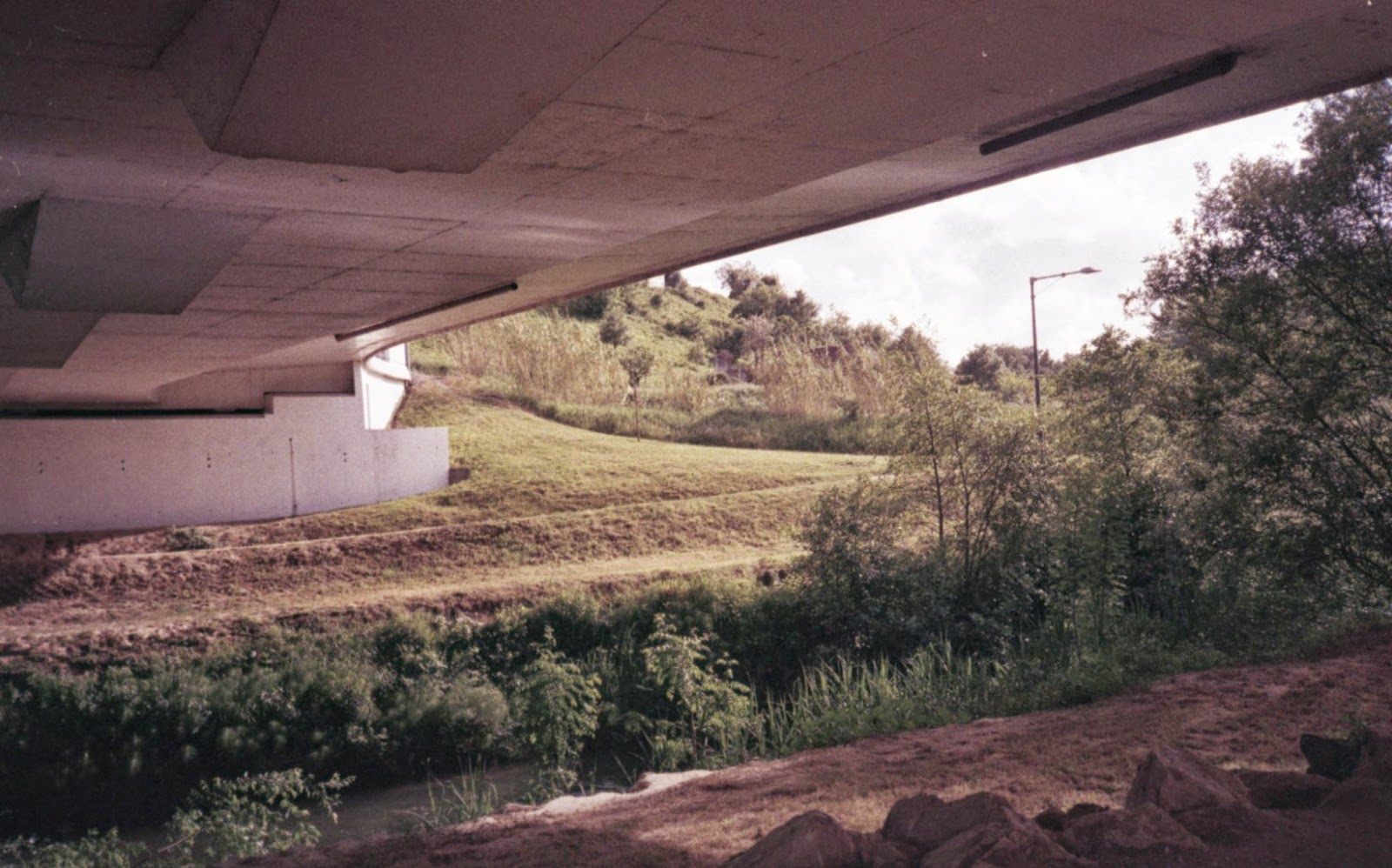 |
| Scan 2, direct from scanner with auto correction |
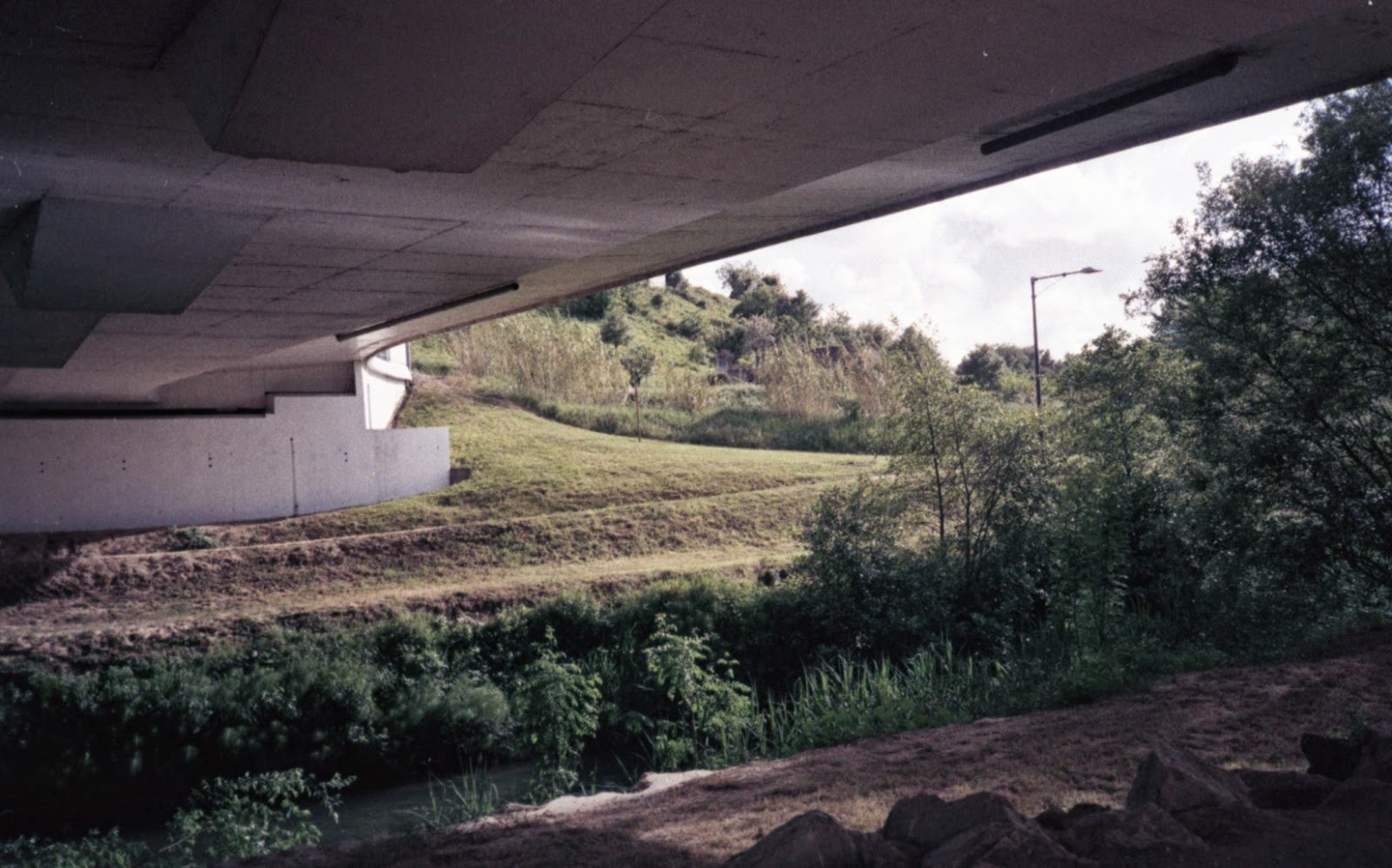 |
| Scan 3, direct from scanner with color restoration |
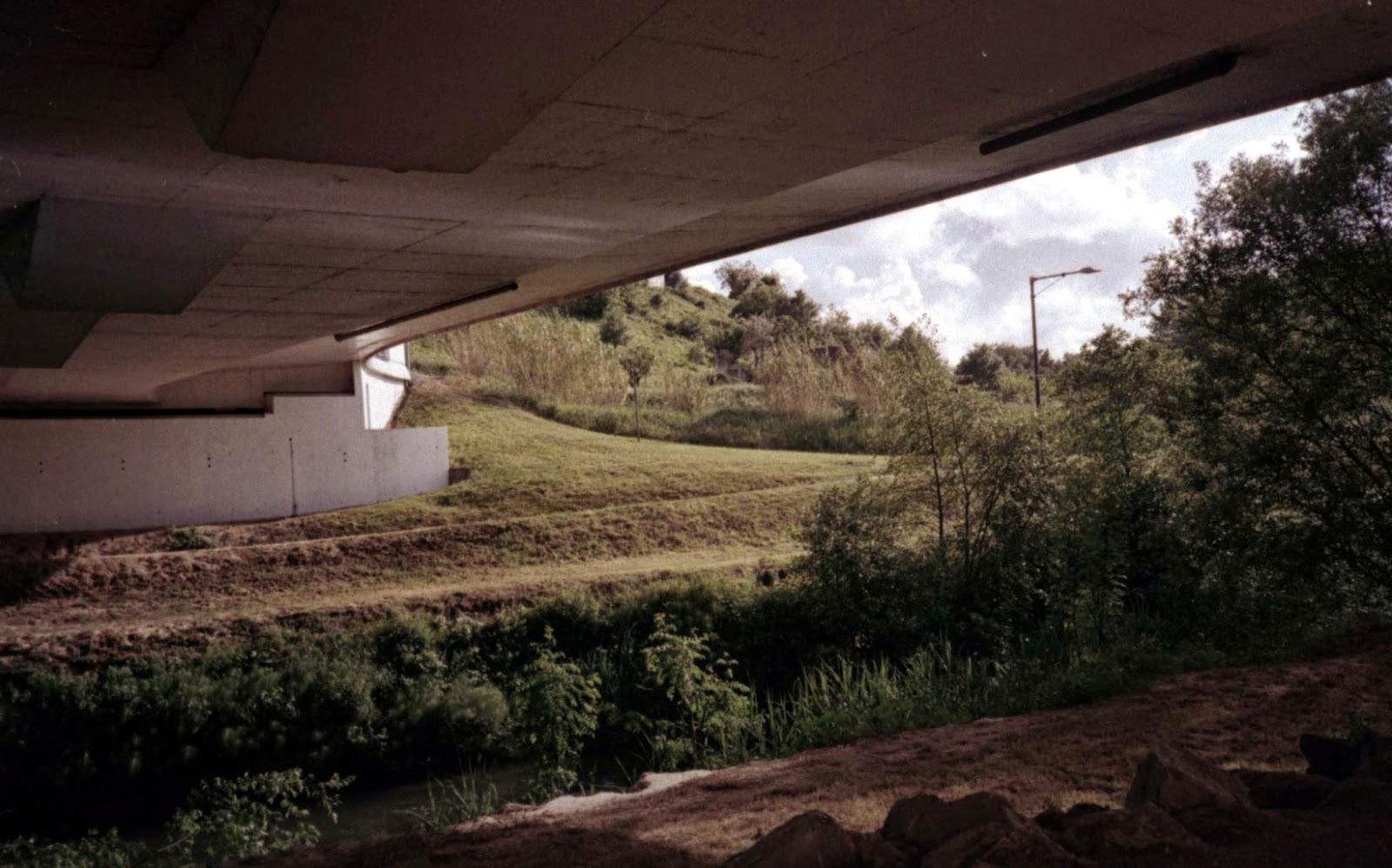 |
| Scan 1 + auto level in GIMP |
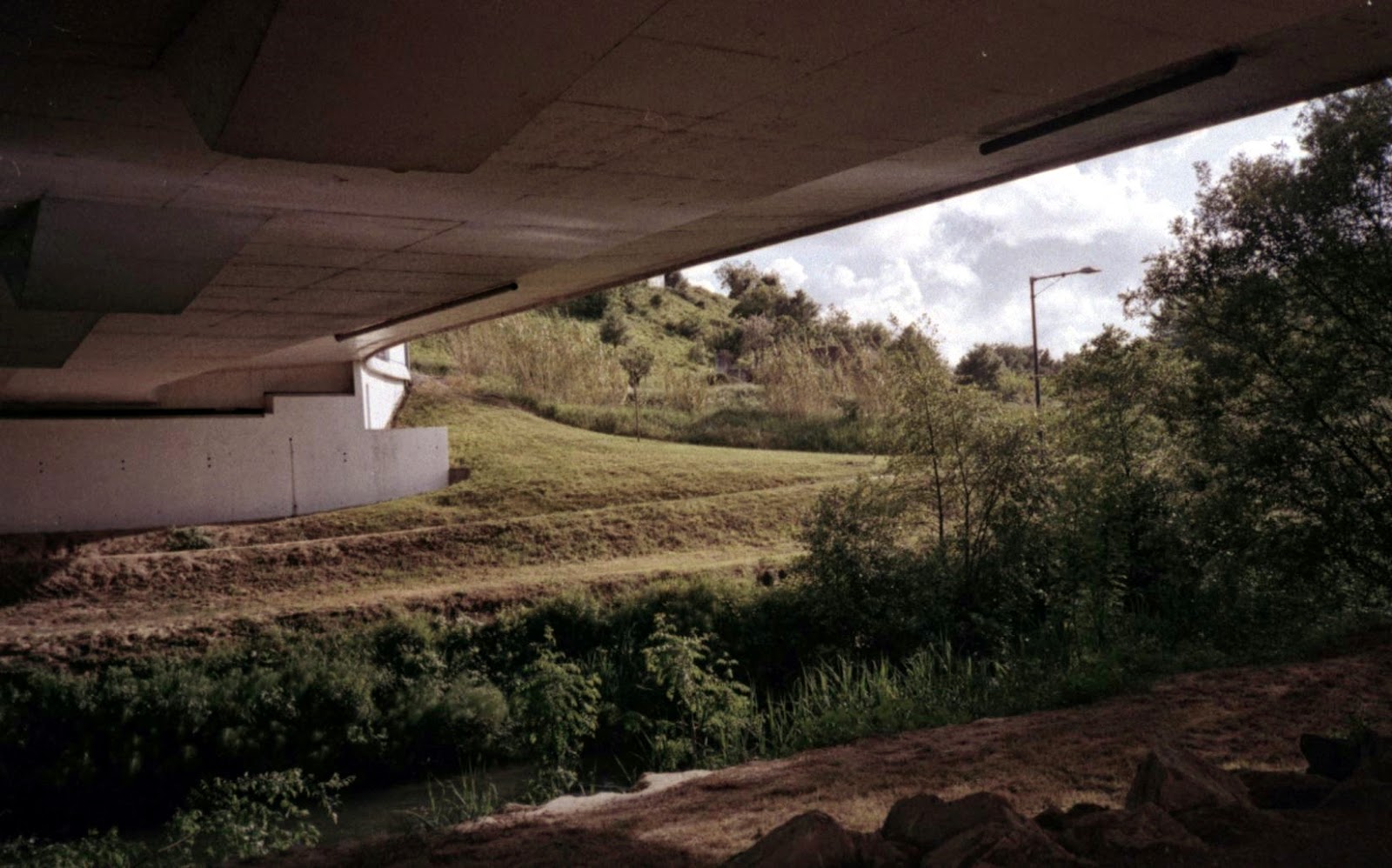 |
| Scan 1 + auto level in Photoscape |
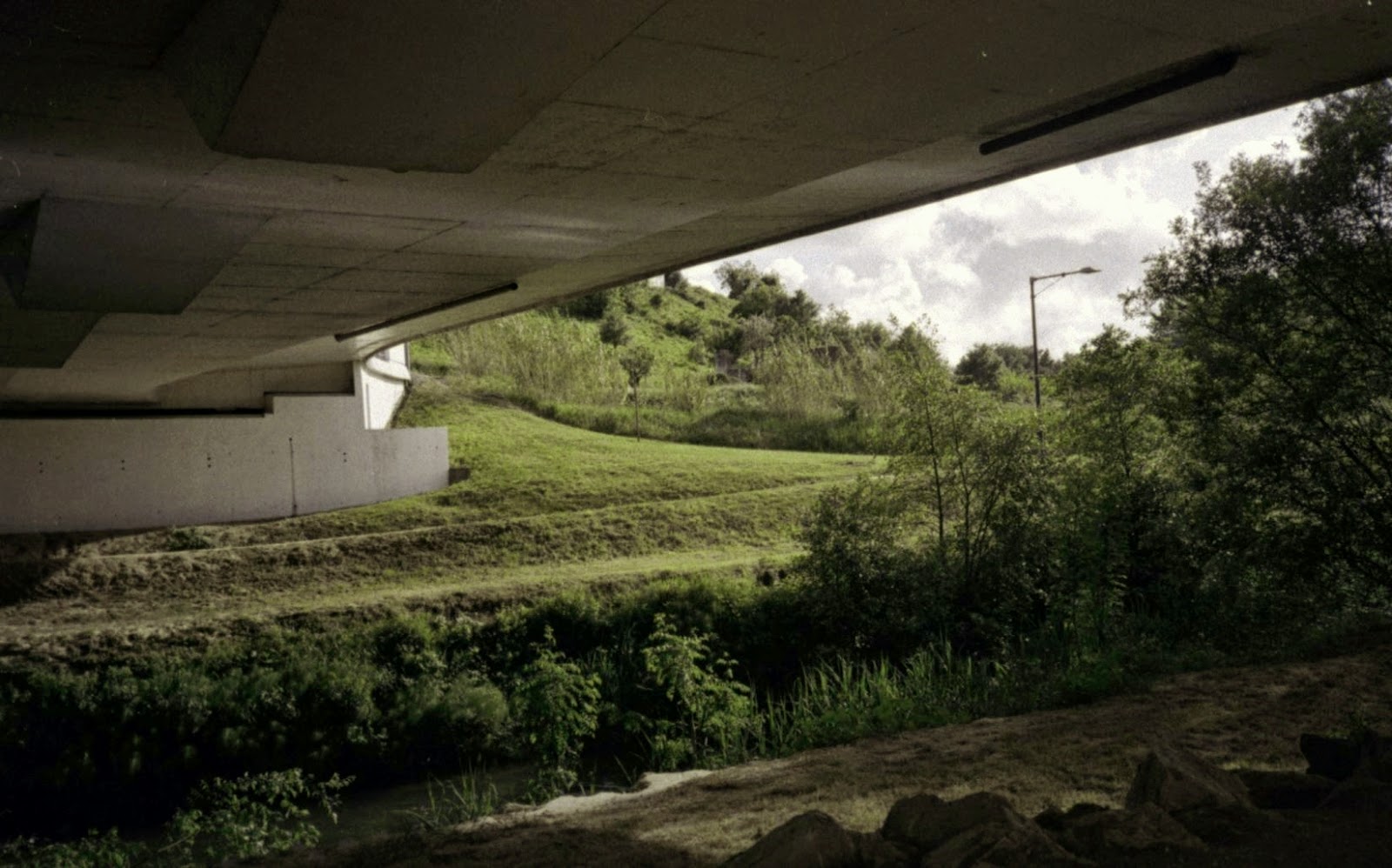 |
| Scan 1 + auto level in Photoscape and undesired color removal (magenta) |
So, take your conclusions about post processing. One may say «Yeahhh, if you had given the right times, the right chemicals, the right film and so on, you wouldn't need post processing». OK, I might have had the last result directly from scanner. But I had it anyway and with less stress and having some fun with software, in this case not very much, two steps only.
Note: auto-level in GIMP and in Photoscape gave me almost the same result, but I prefered the one of Photoscape, the blue of the sky a little darker and the green of the grass more vivid.
























